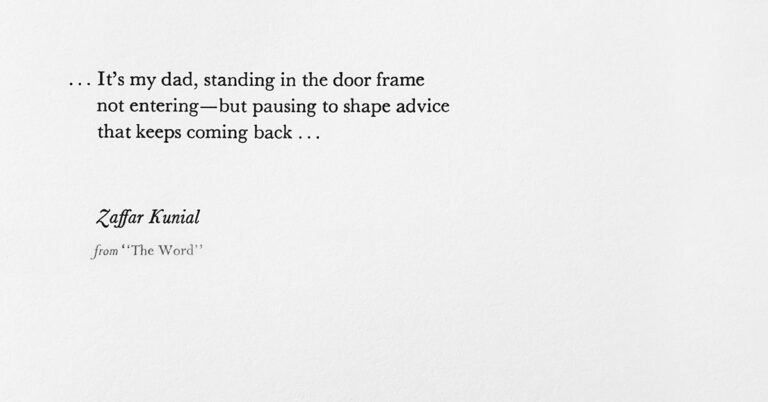That Ugly Thanksgiving China
Nobody believes that my Thanksgiving china can possibly be as ugly as I say. Trust me. The plates, cups, saucers, gravy boat, sugar bowl, and creamer are unobjectionably beige, rimmed in brown. They are stenciled with cartoonish, squawking turkeys or barns with windmills, fences, and shade trees, each embellished with touches of dull green and even duller yellow.
The color palette and the images, like them or not, are perfectly suited for this one holiday and none other. Presumably my mother had that in mind since Thanksgiving was the only holiday we celebrated with regularity and appropriate pomp and circumstance — the only holiday when my father’s hard-travelling journalism career didn’t take him out of town.
The china for me is like Proust’s madeleine (forgive the cheesy metaphor), as it evokes the very best of my childhood, the one day each year when we were a “normal” — even a “perfect” — family. The internecine warfare I read about in surviving-the-holidays advice columns was absent. So, too, the travel nightmares: the bumper-to-bumper traffic, the airport security lines, the missed connections that all make you wish you’d just stayed home.
Part of the wonder of Thanksgiving is that it is uniquely non-denominational. Jewish families didn’t have to compensate for Christmas by doling out gifts seven nights in a row at Chanukah or festooning the shrubbery in blue and white crepe paper as if that substituted for a tinseled tree and red felt stockings.
There was also no Easter-Passover divide, where we had to pretend matzoh was as satisfying as bread and bitter herbs as tempting as marshmallow bunnies. At the Passover table the only way not to die of hunger or fall asleep was to hope the grownups skipped half the Haggadah. At Easter dinner, I assume, the glazed ham was served at 4 p.m.
Chanukah and Passover didn’t work for us, but Thanksgiving was made to order. So we pulled out all the stops in our ticky-tacky tract house on Long Island, using ticky-tacky china and “sterling silver” that I only learned as an adult was actually stainless steel. But children don’t care about that. They remember how everything tastes and smells, more than the surroundings.
The turkey, at our house, was not too moist and not too dry, and my father’s sloppy carving seemed more than adequate since we had no basis for comparison. There were two kinds of gravy, giblet and carrot, which improved with age and thus when the rest of the leftovers were gone made a perfect meal simply atop broad egg noodles.
I remember the aroma of that carrot gravy almost 50 years after I last tasted it and beat myself up for never getting the recipe, simple though it might be: a mush of cooked carrots and pan drippings. My mother used a Foley food mill, a hand-cranked instrument for puréeing, patented in 1932 and the precursor to electric blenders and food processors. It is now tarnished beyond use — a museum piece on display in my kitchen — and I’ve yet to duplicate the gravy using my up-to-date Cuisinart. (Could the tarnish be part of the recipe?)
A dozen years ago, when I was already the owner of the ugly china, the antiquated Foley food mill, and the fake sterling silver, since my mother had “downsized,” first to an assisted living community and eventually to a nursing home, I made the epic, if heartfelt, mistake of trying to duplicate a family Thanksgiving there. With all the sentimental props in hand and food largely made by friends because of my culinary deficiencies, off I went to celebrate with her. Wishful thinking, alas, isn’t enough to bring back the past.
“My daughter can’t even boil water,” my mother announced, suspicious before she’d eaten a bite. If that was a joke, the humor wounded, as it so often does between mothers and daughters. Later, in the parking lot, slumped over the steering wheel, I cried as if my heart would break. So much for being the perfect child and so much for trying to recreate what can’t be recreated.
Still, dreams die hard.
My brother loved the Thanksgivings of childhood even more than I did. It was Michael and my sister-in-law who took over my mother’s culinary mantle, far more stylishly, with heaping platters of delicious food somehow emerging from the tiny New York City kitchen in one of their first apartments. How my mother loved being a guest at somebody else’s table, and theirs especially, set with the finest china money can buy.
Over time, it occurred to me that Michael should have the nostalgic dishes, not me. But his home was a showcase. These platters decorated with turkeys and barns would look ridiculous there. We mulled over it together. He and his wife would never set a holiday table with them. But a single place setting might offer him a bit of Thanksgiving every morning at breakfast — espresso and toast instead of turkey and carrot gravy.
He will spend the actual holiday in Rome, which has no memories. But he uses the ugly china far more often than anyone had before him. Isn’t that nice?

